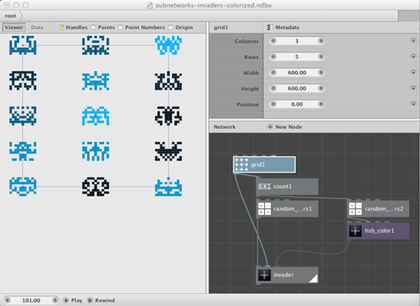

When looking through the form creations of Floraform, we can see there are different types of forms being created, point-based, line-based, and edge-based. The figures they produce that have a ruffled shape are recreations of the Cockscomb or “brain flower.” Cockscomb is a mutation of Celosia that blooms densely and has tree-like blossoms. Additionally, the studio wanted to recreate a flower called Cockscomb. Phototropism is when a plant bends in the direction of its light source and thigmotropism is when vines wrap themselves around another plant form. Therefore, every piece is unique.įloraform, also explores plant behaviors such as phototropism and thigmotropism. The design systems used to create these forms are generative because they have no fixed outcome. The items are sold at a range of prices, depending on the print material used. You can then purchase these products here. When the studio is satisfied with the computer model of these forms, they will 3D print them into sculptures and jewelry. “ We consider this work a kind of digital gardening, except instead of growing plants we’re cultivating algorithms” Nervous System, (2014) Floraform. The technology uses various growth rates, space, and time to create unique forms. Within the digital garden, you can explore biomechanics and how plant biology systems work.

Using technology, the studio was able to simulate the growth of these plants and create a sort of digital garden. In 2014, Nervous System worked on a project called Floraform, which was inspired by the plant growth such as blooming flowers and growing leaves. The design studio says: “Our work at Nervous System combines scientific research, computer graphics, mathematics, and digital fabrication to explore a new paradigm of product design and manufacture.” Nervous Systems, (2016) Nervous System Projects. The studio is largely inspired by the natural world, but uses technology to realize their works. “But the result was totally worth all the headaches.Nervous System works as a generative design studio to create art that combines technology, science, and art. “Off the Staff was one of the hardest projects I've worked on to date,” Rougeux says. Even though the process was time-consuming, he says the project was a worthwhile endeavor. Rougeux created several posters featuring different pieces from a wide range of classical artists, including Debussy, Tchaikovsky, and Mozart. Dot size represents duration of the note, and dot color differs for each instrument. Pitch is marked by distance from the center of the poster. So, he began this project as a simple way for people to understand patterns in classical music.Įvery dot in each image is a note in the score.
NODEBOX ART TRIAL
“This process involved a tremendous amount of trial and error and patience but watching that first video play perfectly that first time was worth it,” Rougeux says.ĭespite growing up in a musical family, Rougeux cannot read sheet music. He also produced animated videos with the images using Adobe Premiere. He began by exporting MIDI files of classical sheet music from MuseScore, then generated a CSV file to parse through the data before designing the poster in NodeBox. Rougeux utilized MuseScore, an open-source music notation program, to create his vibrant posters. Working with data aligns with both of those very nicely.” “I find repetition satisfying,” Rougeux says, “and have found over the years that I tend to work best with existing material.

NODEBOX ART SERIES
Rougeux is the creator of “ Off the Staff,” a series of colorful posters that display musical notes, pitch, and other melodic elements in famous pieces of classical music. That’s where Nicholas Rougeux’s data visualizations come into play. But what if we want to trace these arrangements on the page, without going to the pains of reading complicated sheet music? When we listen to music, our ears easily spot these patterns. 5, for example, begins with the simple yet menacing da-da-da-DUM that repeats throughout the piece. The first movement of Beethoven’s Symphony No. Courtesy Nicholas Rougeux.Īs a result, many pieces of music use repetition as a framework. Artist Nicholas Rougeux's color-saturated visualizations of sheet music reveal the underlying patterns of classical music.


 0 kommentar(er)
0 kommentar(er)
